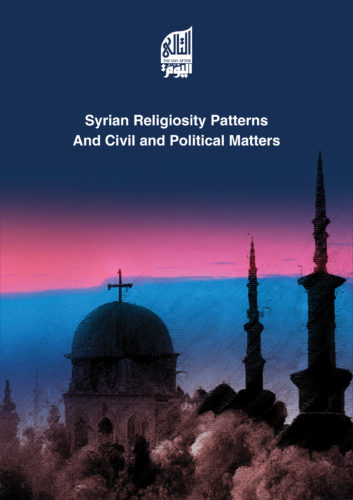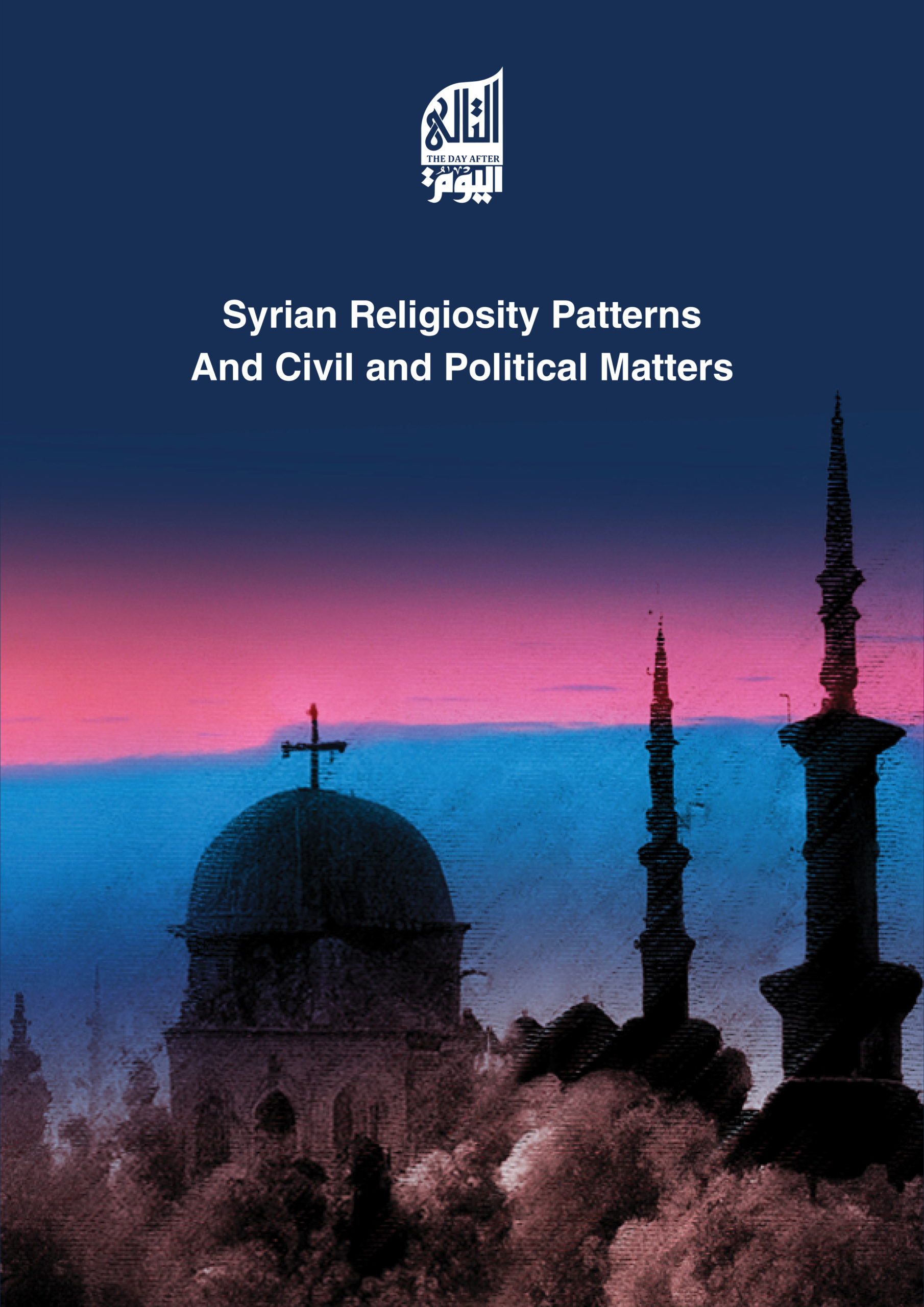
Date: March 2023
After over a decade since the start of the Syrian Revolution of 2011, the political discussion has increased between conflicting ideologies regarding their respective perception of what the Syria of the future should look like.
One of the most relevant discussions was on the relationship between religion and politics, and the position and role of the prior in society and in the policy of the Syrian government.
Due to the lack of civil political authorities, the field was left empty for religious figures and religious speech to establish a notable presence in the Syrian social and political scenes, allowing some parties to rely on them to gain a form of popular consensus.
Therefore, in light of the intermingling of politics, religion, and society, and within the Syrian scene riddled with contradictions, this study aims to discover the relation between religiosity patterns among Syrians and civil and political life as well as uncover which authorities are most widely accepted.
The study also tries to explore the relation between religiosity among Syrians (both on the personal and institutional level), as well as its effects on the adoption of some political ideologies over others and the reasons behind it, and the leanings towards some political choices and the reasons behind them, including political life.
Based on the common discourse taking place, and in particular the one addressing the relation between the tendencies of Syrians towards the current and future political status, and the emergence of voices discussing the relation between religion and societal and governmental identity, the study of this relationship seemed important in the current atmosphere, as it could shed light on the common perceptions of public life in the Syria of the future.
